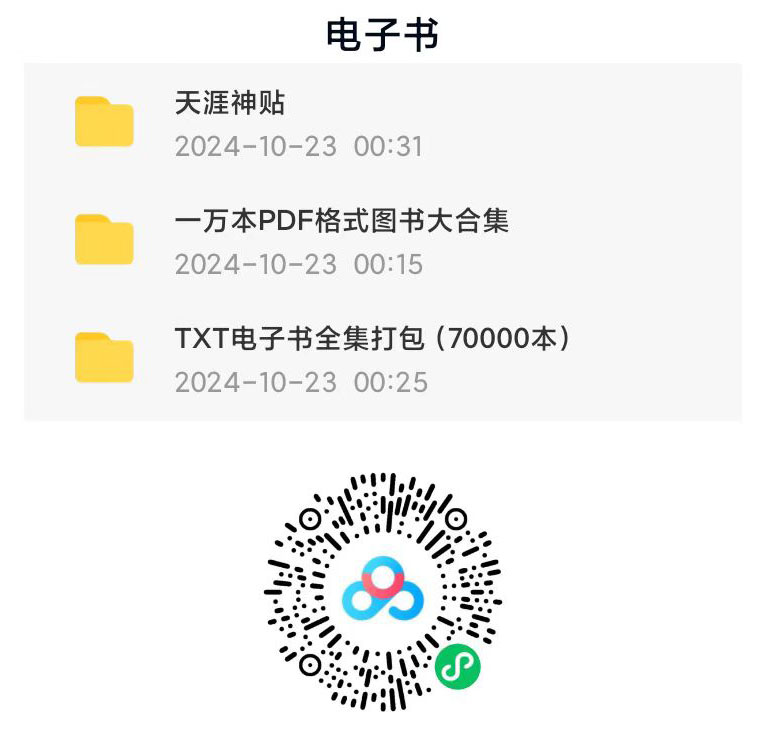Listings
Preface
1 Introduction
1.1 A (very) brief history of concurrency
1.2 Benefits of threads
1.3 Risks of threads
1.4 Threads are everywhere
I Fundamentals
2 Thread Safety
2.1 What is thread safety?
2.2 Atomicity
2.3 Locking
2.4 Guarding state with locks
2.5 Liveness and performance
3 Sharing Objects
3.1 Visibility
3.2 Publication and escape
3.3 Thread confinement
3.4 Immutability
3.5 Safe publication
4 Composing Objects
4.1 Designing a thread-safe class
4.2 Instance confinement
4.3 Delegating thread safety
4.4 Adding functionality to existing thread-safe classes
4.5 Documenting synchronization policies
5 Building Blocks
5.1 Synchronized collections
5.2 Concurrent collections
5.3 Blocking queues and the producer-consumer pattern
5.4 Blocking and interruptible methods
5.5 Synchronizers
5.6 Building an efficient, scalable result cache
II Structuring Concurrent Applications
6 Task Execution
6.1 Executing tasks in threads
6.2 The Executor framework
6.3 Finding exploitable parallelism
7 Cancellation and Shutdown
7.1 Task cancellation
7.2 Stopping a thread-based service
7.3 Handling abnormal thread termination
7.4 JVM shutdown
8 Applying Thread Pools
8.1 Implicit couplings between tasks and execution policies
8.2 Sizing thread pools
8.3 Configuring ThreadPoolExecutor
8.4 Extending ThreadPoolExecutor
8.5 Parallelizing recursive algorithms
9 GUI Applications
9.1 Why are GUIs single-threaded?
9.2 Short-running GUI tasks
9.3 Long-running GUI tasks
9.4 Shared data models
9.5 Other forms of single-threaded subsystems
III Liveness, Performance, and Testing
10 Avoiding Liveness Hazards
10.1 Deadlock.
10.2 Avoiding and diagnosing deadlocks
10.3 Other liveness hazards
11 Performance and Scalability
11.1 Thinking about performance
11.2 Amdahl’s law
11.3 Costs introduced by threads
11.4 Reducing lock contention
11.5 Example: Comparing Map performance
11.6 Reducing context switch overhead
12 Testing Concurrent Programs
12.1 Testing for correctness
12.2 Testing for performance
12.3 Avoiding performance testing pitfalls
12.4 Complementary testing approaches
IV Advanced Topics
13 Explicit Locks
13.1 Lock and ReentrantLock
13.2 Performance considerations
13.3 Fairness
13.4 Choosing between synchronized and ReentrantLock
13.5 Read-write locks
14 Building Custom Synchronizers
14.1 Managing state dependence
14.2 Using condition queues
14.3 Explicit condition objects
14.4 Anatomy of a synchronizer
14.5 AbstractQueuedSynchronizer
14.6 AQS in java.util.concurrent synchronizer classes
15 Atomic Variables and Nonblocking Synchronization
15.1 Disadvantages of locking
15.2 Hardware support for concurrency
15.3 Atomic variable classes
15.4 Nonblocking algorithms
16 The Java Memory Model
16.1 What is a memory model, and why would I want one?
16.2 Publication
16.3 Initialization safety
A Annotations for Concurrency
A.1 Class annotations
A.2 Field and method annotations
Bibliography
Index
本书格式:azw3,docx,epub,mobi,pdf,txt
文件大小:5.78M
为了方便大家利用电子书更好的学习,精心整理了网络上的各种电子书,有PDF版本的,也有TXT版本的,现有一万多本PDF的,七万多本TXT的,还有精心整理的天涯神贴,而且还在不断增加中,有需要的可以点击下面的衔接或者扫码下载:
链接: https://pan.baidu.com/s/1z45OMvYM0Jy-BVuJJmRvtw?pwd=w3m9 提取码: w3m9 复制这段内容后打开百度网盘手机App,操作更方便哦







请先 !